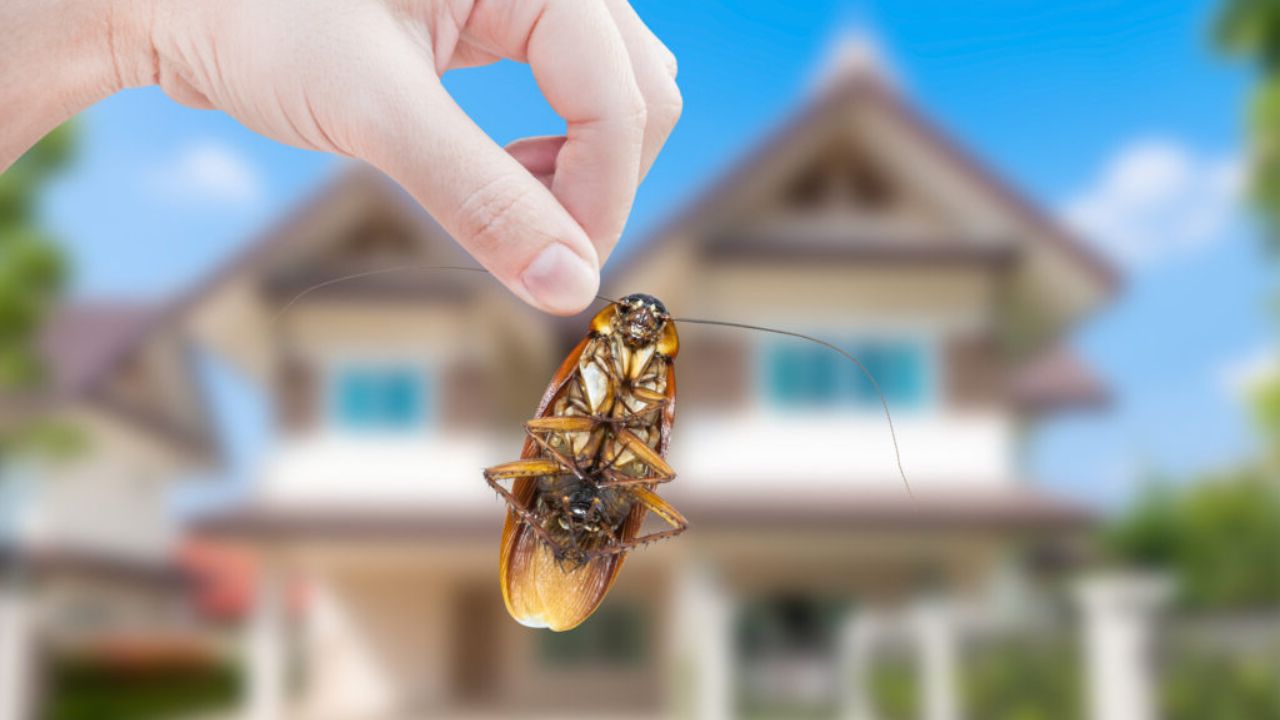
Insects, rodents, and other vermin are examples of unwanted house guests. Even though they are common, it is essential to acquire the knowledge necessary to recognise an infestation and take preventative measures to keep these uninvited visitors at bay. This guide will assist you in identifying the most common household pests and providing solutions to get rid of them.
It's common knowledge that termites and carpenter ants will destroy a home's structural integrity by eating away at the foundation. Evidence of their presence can be found in the form of mud tubes, brown stains around the house, blistering paint, loose siding, piles of droppings, and sawdust-like substances. Although they are typically difficult to spot, this evidence can help identify them.
These disgusting insects are drawn to places where there is food and garbage, and they can be brought into your home on rented or secondhand furniture. The good news is that they are easy to spot due to their large size, but the bad news is that they require the assistance of a professional exterminator.
Even though they won't cause any structural damage to your house, these pests can still be very annoying. It is important to reduce the amount of standing water in the area around your home because mosquitoes use it as a breeding ground. Bed bugs are notoriously difficult to eradicate and can be brought into the home by a variety of objects, including pets, clothing, and furniture. Ticks and fleas are another issue that should be on the radar of homeowners who have pets.
Mice will come inside to get away from the cold, and bird feeders can be considered a "mouse buffet." Bats prefer to roost in secluded, dark, and cavernous places such as chimneys and attics. Take precautions when using do-it-yourself methods because bats can carry rabies.
Where you live can have a significant impact on the kinds of pests you're exposed to. For instance, areas that are both warm and humid, such as Florida, serve as ideal breeding grounds for insects that thrive in water, such as mosquitoes. Spiders, ants, and beetles are all common creatures that can be found in wooded areas. In the desert, there is the potential for encounters with snakes and scorpions. It is also possible to get different kinds of pests depending on the type of home you have, with log cabins being the most likely to have pest problems.
The good news is that the majority of pesky insects and animals can be coaxed out of your house with relative ease. It is possible to keep pests at bay by ensuring that your home is well-sealed, maintaining a clean exterior, and monitoring for problems with water pooling and drainage. To prevent insects and rodents from entering your home, install window screens, caulk gaps around doors and windows, and block any other exterior entry points. To stop tree and shrub branches from coming into contact with your house, prune them back, and move mulched beds well away from the structure. It is essential that you take measures to prevent water from collecting close to the foundation of your house, as well as to ensure that the gutters on your roof direct water away from the structure.
To keep your home free of unwelcome intruders, PNex recommends taking the following steps:
1. Secure your home's exterior: The first step to keeping pests out of your home is to seal any potential entry points. This means using window screens, sealing window and door frames, and plugging up other exterior entry points. By keeping your house sealed up nice and tight, you can prevent pests from making their way into your home.
2. Keep your exterior tidy: Pests love cluttered and overgrown spaces, so it's important to keep your home's exterior tidy. This means mowing the grass regularly, trimming shrubbery and trees to prevent branches from touching your home, and keeping mulched beds away from the house. By maintaining a clean and organized exterior, you can discourage pests from setting up camp on your property.
3. Address water and drainage issues: Water can attract pests, so it's important to keep an eye out for any water pools or drainage issues around your home. Make sure your gutters direct water away from the house and check for hills sloping toward your house. You'll also want to prevent mosquitoes from breeding in your yard by keeping an eye on stagnant pools of water, like birdbaths.
4. Regularly inspect your home: Finally, it's important to regularly inspect your home for signs of pests. Look for any holes, cracks, or gaps in your walls or foundation that pests could use to get inside. Check for signs of pest activity, such as droppings or gnaw marks. By catching pest problems early on, you can prevent them from becoming bigger issues down the line.
As a whole, by following these tips, you can keep your home free of unwanted pests. By sealing up your home's exterior, maintaining a tidy yard, addressing water and drainage issues, and regularly inspecting your home, you can help prevent pests from entering your living space and protect your home and family from potential harm.